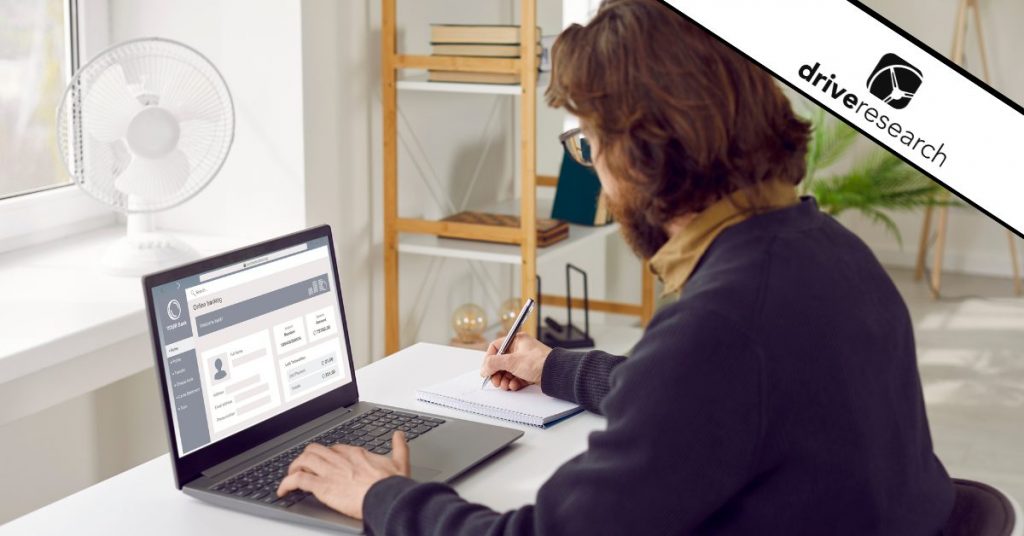
There are a lot of survey methodology choices in market research. This includes email surveys, text surveys, website pop-up surveys, phone surveys, mail surveys, and intercept surveys. Choosing the right methodology can prove difficult and often requires a market research firm to help you understand the pros and cons of each methodology.
You’ll want to consider things like timeline to execute, cost, and the best quality feedback. This can push you in one direction or another. Qualitative or quantitative. Email survey or phone survey. Mail survey or website survey. The path you choose is ultimately based on the objectives you have.
What are Intercept Surveys?
Intercept surveys are a form of market research designed to collect feedback from respondents during an experience. You are essentially “intercepting” them and asking them questions live during or after an event or happening. They are a form of both qualitative and quantitative research depending on sample size. Obtaining over 100 responses through an intercept survey (+/- 10% margin of error) leans the project more towards measurement and quantitative market research.
How do Intercept Surveys Work?
The actual fieldwork for an intercept survey takes place live with a respondent. Some examples of intercept survey locations include concerts, events, retail stores, restaurants, campuses, and others. The majority of intercept surveys are now conducted through phones and tablets.
Years ago, paper and pencil surveys with clipboards were most common. This was commonly referred to as PAPI (paper and pencil interviewing or paper and pen interviewing). With advances in offline survey technology and self-administered surveys, intercept surveys have become more streamlined and easier to manage.
Your intercept survey needs to be short, 2 to 3 minutes maximum, 10 questions or less. Anything more than this and you will have a high level of drop-off.
Why are Intercept Surveys Important?
Few methodologies collect in-the-moment feedback better than an intercept survey. Because you are intercepting a respondent live during an experience they are much more likely to remember the experience accurately before any emotions have subsided in a potential follow-up survey. Intercept surveys are an excellent way to measure a customer experience.
Here are some recommended questions to think about for your next intercept survey project:
① Net promoter score (NPS): NPS is a simple likelihood to recommend question using a 0 to 10 scale. Your promoters are grouped as 9s and 10s. Your detractors are grouped as 0 through 6. NPS is calculated as the difference between the number of promoters and detractors. Scores range from -100 (worst) to +100 (best).
② Awareness of sources: This question asks, “Where have you seen or heard information about the company, organization, brand, product, or service in the past 30 days, 3 months, etc.?” This question helps a company assess sources of awareness for the event (social media, TV, radio, others).
③ Participation in follow-up survey: One of the disadvantages of an intercept survey is it must remain short. About 10 questions or less. If you have additional questions you want to ask, collecting an email is a great way to send a follow-up survey. As part of the process you can raffle off a gift card reward if they are willing to participate.
④ Satisfaction with aspects of the experience: In addition to asking for overall NPS, include a few rating questions about items within the overall customer experience. Here you can test factors like value of the event, wait time, customer service, atmosphere, etc. To make this easy and mobile-friendly, use a 1 to 5 scale.
Contact Drive Research
Drive Research is an intercept survey firm. Our team conducts intercept surveys across the country. We work with you to develop a survey, assign a survey team, choose locations, and run the analysis and reporting.
Questions about an upcoming intercept survey project at your organization? Email us at [email protected], call us at 315-303-2040, or message us on our website.



